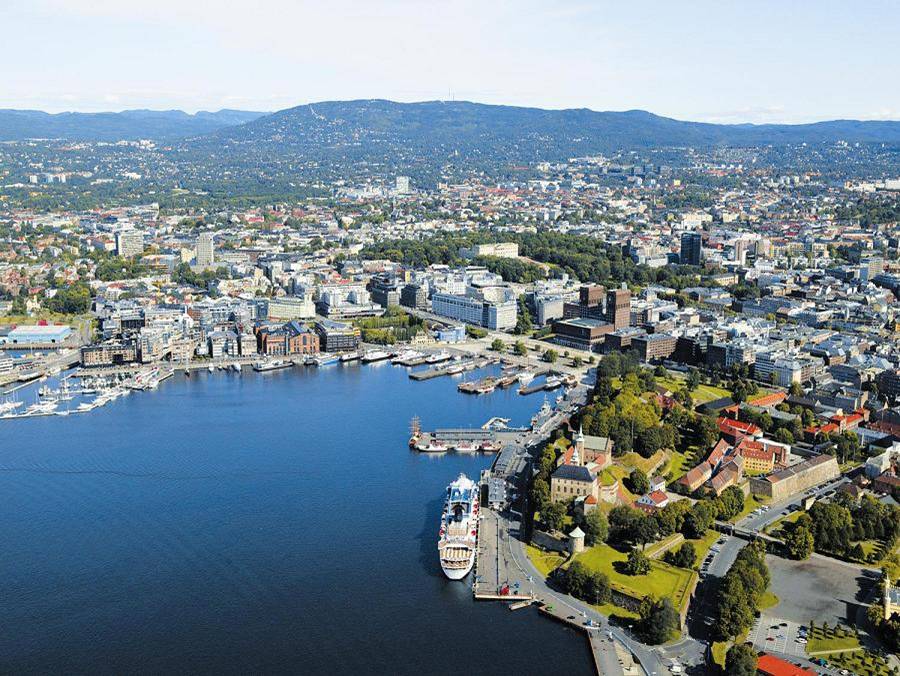|
Known for its architecture, great weather, sandy bay, and excellent cuisine Saint-Jean-de-Luz is one of France’s most charming and picturesque beach towns. It is located in the heart of Basque country in southwestern France near the Spanish border and is a quiet seaside community. Saint-Jean-de-Luz is close to the western end of the Pyrenees so both hills and beaches are close which makes this a popular place to visit.
Saint-Jean-de-Luz is a small but active fishing port where you can watch fishermen pull in large catches of sardines, anchovies, and tuna. It is also known for its great shopping area, What you may not know about Saint-Jean-de-Luz is that it was here that 22 year old Louis XIV married Spanish princess Maria Theresa on June 9th, 1660. after moving his entire court from Versailles to reside in Saint-Jean-de-Luz for over a month,. The event consolidated the Treaty of the Pyrenees, signed a year earlier between French and Spanish leaders to end war between the countries. In return for hosting the wedding, Saint-Jean-de-Luz was supposedly provided tax reductions for three decades. You may assume that the town name comes from “Luz”, which means “light” in Spanish, which is actually not correct “Luz” is a mutation of “Lohitz” in this case, which means “dirty place, marsh”. The name refers to a time when the settlement was flooded and was nothing more than a marsh for centuries. If you would like to visit Saint-Jean-de-Luz please I can help! Contact me at [email protected] or 703-927-0588.
0 Comments
—Shandana A. Durrani
International cities have long been ahead of the curve in terms of environmental initiatives and sustainability. European cities often lead the way, especially those found in Nordic countries. While cities such as Malmo, Sweden, and Reykjavik, Iceland, have adopted sincere green practices, in terms of livability and quality of life, Oslo, Norway, is tops. That’s why it’s the winner of the first GreenLux Award for most environmentally friendly international city. Why Oslo? It has a long history of environmental concern, long before other cities jumped on the eco bandwagon. The government spurs on the populace by promoting sustainability. The Oslo city council voted to replace heating oil in city buildings with renewable energy sources by 2012, which is ballsy considering how much energy the metropolis uses. The government provides incentives for new buildings to promote energy efficiency. All buses running on fossil fuels will be converted to biofuels in 2011. The city is lowest of all European metropolises when it comes to CO2 emissions. Eighty five percent of school children walk, bike or use public transportation to school (the rail system is run on hydroelectric power). Ninety four percent of household waste is recycled. A majority of the population lives within a short distance of public green space, which they utilize in record numbers. All of this in a city that is one of the wealthiest in the world. Walking around Oslo, you can see its environmental commitment. The air quality is good and the streets are free of trash and refuse. Locals are active year-round, enjoying the public parks and numerous waterways, even in winter. One can’t help but notice that everyone walks, bikes or takes the train/subway everywhere. Maybe it’s the unique topography of Norway that lends itself to this. Fjords, those majestic inlets created by glaciers, surround so much of the country. The scenery is breathtaking but the terrain can be tough to traverse if you aren’t careful, making driving a bit hazardous as times. Thus, this isn’t a car-crazy city. Most residents don’t have one car, much less two or more and the rail and bus system is so efficient that getting around is a breeze. The city’s isn’t a culinary mecca like New York or London, but Oslo still has a number of great slow food purveyors, farmer markets and community gardens. The three-day Matstreif food festival is held every September on Town Hall Square. Fresh produce, baked goods, cheese and cured meats are available. Overland Community Garden sits on 25 acres at which 300 part owners cultivate herbs and produce. Erling Mos As sells fresh fish and seafood and has been a local favorite for four decades. Additional small-scale farmers markets occur throughout the summer and fall at Karl Johans Gate. Finding an eco-friendly hotel isn’t difficult in a city known for green businesses. Thon Hotels is a chain of environmentally sound hotels in Northern Europe. The hotels are chic and comfortable with plenty of green trappings, from organic dining to waste reduction to energy saving initiatives to utilizing only eco-friendly products and amenities. There are 12 in Oslo proper, near many tourist sites such as the Munch Museum and the Opera. |
AuthorLene H. Minyard Archives
September 2023
Categories |
Copyright Perfectly Planned Journeys, LLC™ 2021



 RSS Feed
RSS Feed





